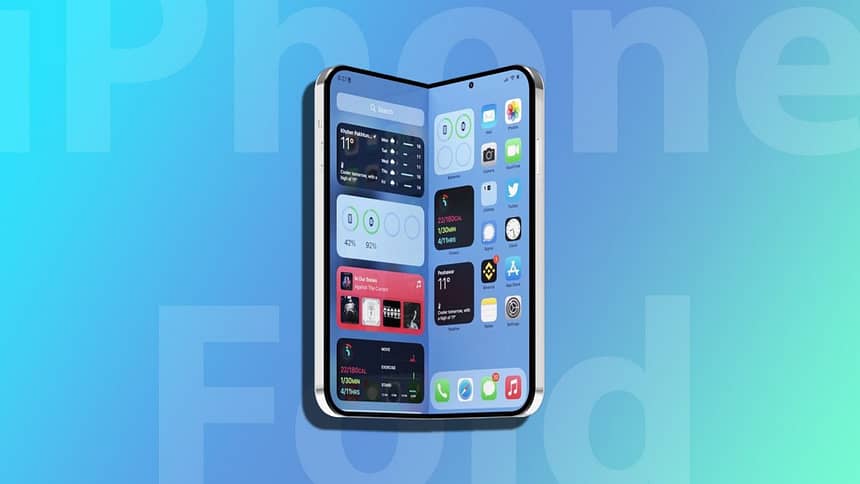Recent reports reveal that Apple is rethinking its display technology in preparation for the highly-anticipated iPhone Fold, aiming to minimize the crease that naturally forms where the screen bends. In a notable shift, the company has reportedly moved from an on-cell touch sensor architecture to an in-cell design for the purposes of enhanced durability. The change will increase the longevity of the device upon wear and tear, and it is one of the reasons why the foldable iPhone is taking forever to launch.
Apple’s foldable iPhone pushes the company into a major display tech shift, aiming to minimize crease lines with in-cell design
Mark Gurman from Bloomberg claims in his latest Power On newsletter that the company’s ambitions to reduce the crease on the inner display involve a big technology shift. If you are not familiar, the on-cell architecture places the touch sensor layer just beneath the front glass or above the color filter polarizer for better sensitivity and simpler manufacturing. However, these layers can create air bubbles in between that promote crease formation when the device is folded and unfolded over the years.
In contrast, the in-cell architecture features the touch sensor below the color filter substrate, but over the polarizer, which minimizes the air gaps in between for a potentially smoother crease area. This is not the first time that Apple would be opting to go for the technology, as the latest iPhone models also use the same mechanism. The main aim for the company is to reduce the crease on the front to deliver a seamless visual experience, signaling a commitment to its quality standards, which have become stricter over time as devices go through their evolutionary phase.
We can see the amount of challenges that the company is facing, which include the hinge mechanism as well as the crease-free display. While the end result remains to be seen, all of these factors combined could be the reason why the company is launching its first foldable iPhone years after Samsung and even Google. Apple’s immense research in the category followed by implementation with its quality standards could push the device to sit at the top and raise the bar for the competition.
Apple’s move to in-cell touch sensors suggests that the company is rigorously testing new technologies for refinement of the user experience. Mark Gurman also claims in his latest report that the foldable iPhone will feature the company’s custom C2 modem for better connectivity and efficiency, along with the reintroduction of Touch ID in the power button. We will keep you posted with the latest details, so be sure to stick around for more.





